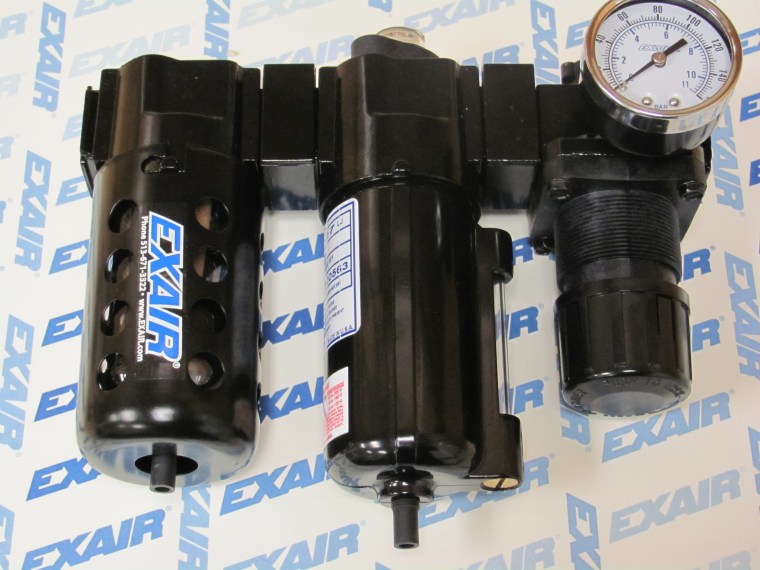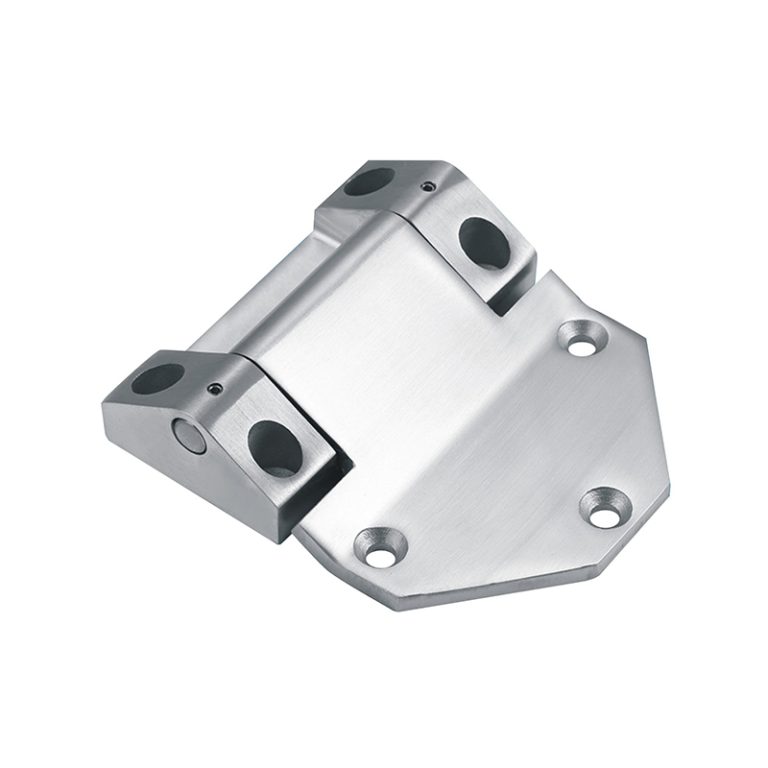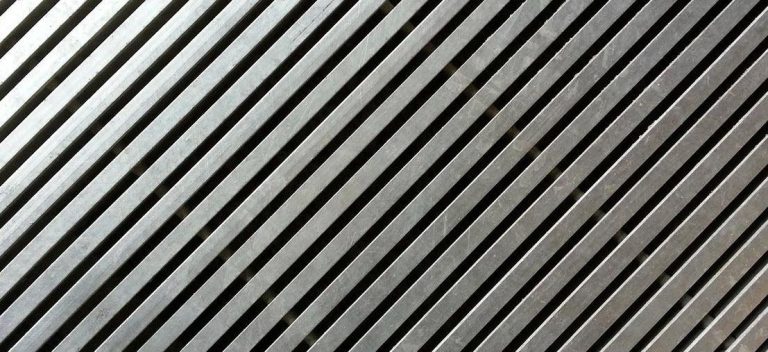Why – And Where – Do You Need Filtration In Your Compressed Air System?
Good engineering practice, and proper system design, call for filters at various points in a compressed air system. I’m going to go through these along the path that compressed air follows, from being drawn from atmospheric pressure in to the compressor, to being returned to atmospheric pressure at its point of use.
Any air compressor is going to have an intake filter. The small “pancake” compressor in my garage has a little disc looking thing with a screen whose mesh is about the same as my house’s window screens. Larger industrial air compressors have cartridge-type filters that impart a spiral motion to the incoming air. That motion actually removes most of the incoming particulate, while the rest gets caught in the pleats of the fiber element. The main purpose for an intake filter is to protect the compressor’s internal components. Solid particulates can really do a number on the high speed, close tolerance moving parts inside a compressor, in a hurry.
All the other filters you might find are there to ensure proper operation of the rest of your compressed air system:
- Distribution. No intake filter is going to be 100% efficient, nor will it remove especially fine particulate that doesn’t present a real risk of damage or wear to the compressor. Intake filters also will not remove oil (or oil vapor) and water (or water vapor). The compressor itself can actually add contaminants to the compressed air, in the form of wear particles (remember those close tolerance moving parts I mentioned above?) and oil carryover. All of these contaminants will, however, be detrimental to the pipe & fittings that takes the newly compressed air to where it’s used. They can cause a buildup on the inner walls of the piping that inhibits flow. Water causes the pipe to start rusting from the inside out. When that rust scale breaks loose, it can clog, foul, or damage valves, fittings, and other control devices in the distribution header. Ideally, you’ll use filtration with a particulate element, a centrifugal element for water, and a coalescing element for oil/oil vapor (if needed…this isn’t a concern for oil-free compressors, for example).
- Distribution, part 2. If your facility is large enough, you may need filtration at strategic locations…perhaps one for the air going to the machine shop, another for an area with machinery equipped with pneumatic cylinders, another for an assembly area where pneumatic tools are used, etc. The type(s) of filter(s) you use at those points will be determined by what the air is used for. If you know you have oil carryover from your compressor, you probably want a coalescing filter on the line to Safety Air Guns that blow off parts before painting. You don’t need them on lines going to your pneumatic tools, though…that carryover will likely help supplement the point-of-use lubricators that they use.
- Point-of-use. Good engineering practice calls for a final stage of filtration, located as close as practical to the air operated device(s). EXAIR includes a Filter Separator with a 5 micron particulate element and a centrifugal element for water with all of our product Kits. Oil Removal Filters are also available for oil/oil vapor. They also provide additional particulate filtration to 0.03 microns.

At EXAIR, we’re here to make sure you get the most out of your compressed air system. If you’d like to find out more about filtration…or any other aspect of air treatment (drying, regulating, cooling, etc.)…give me a call.
Russ Bowman, CCASS

Application Engineer
Visit us on the Web
Follow me on Twitter
Like us on Facebook

